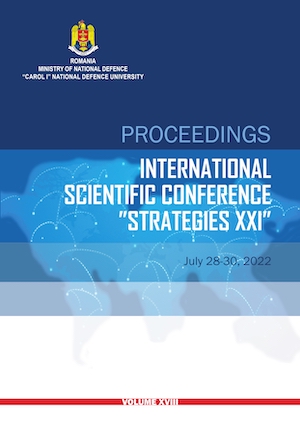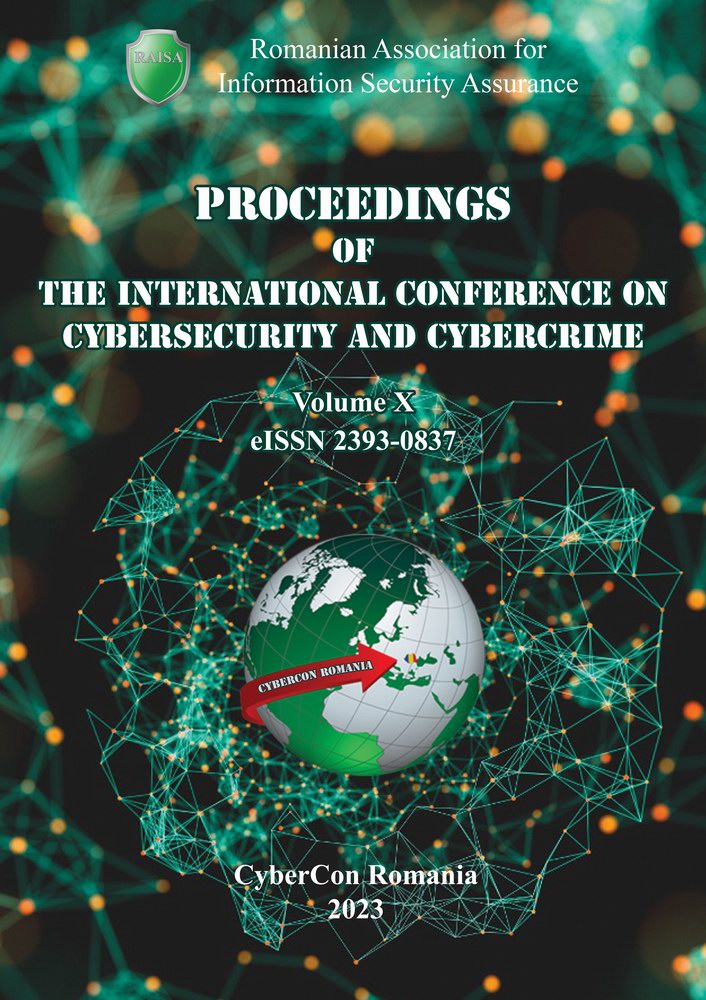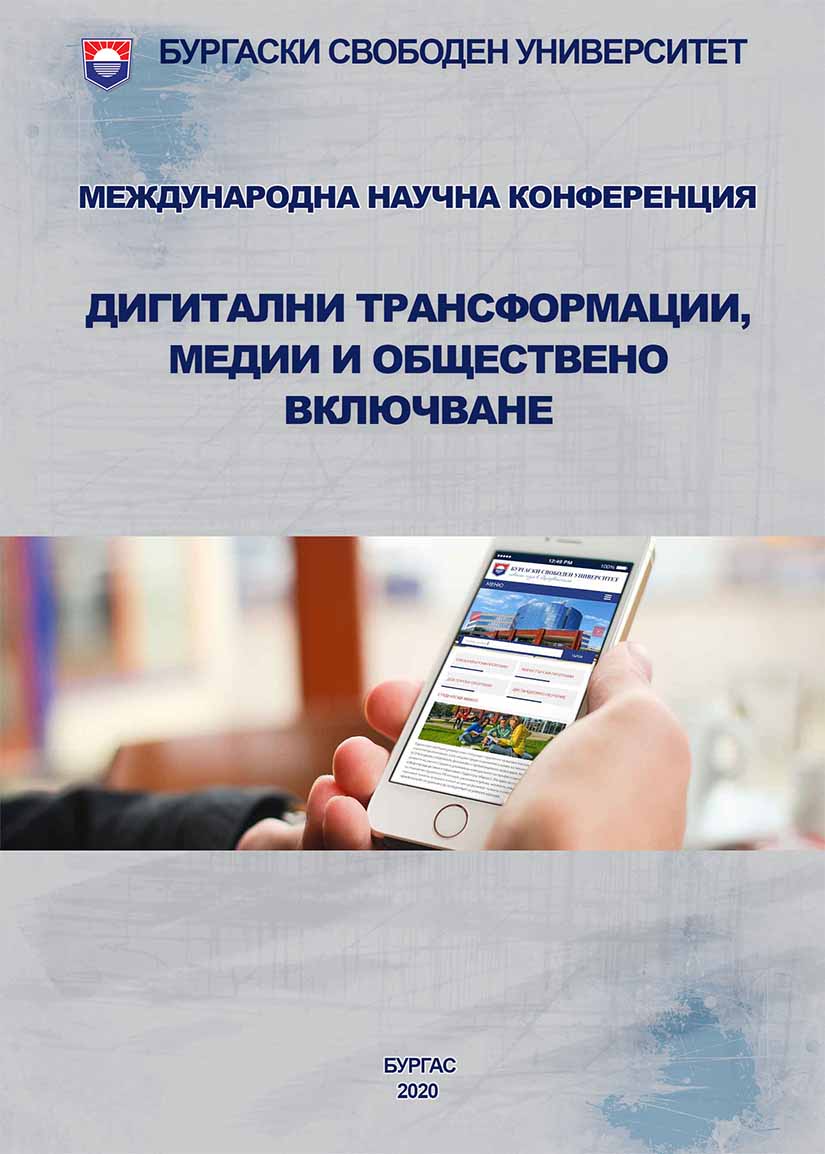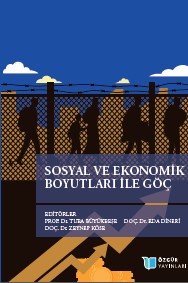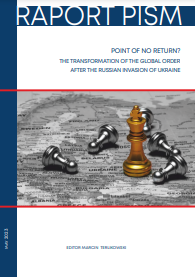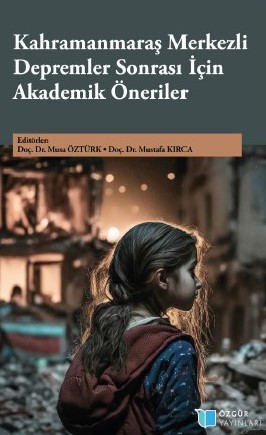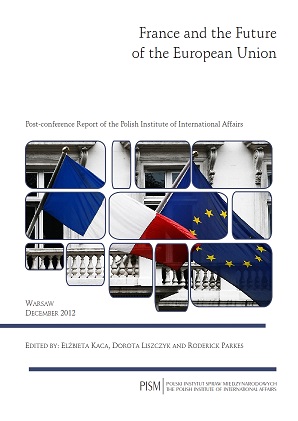
The New French Approach to Common Security and Defence Policy
France has continually supported a greater security role for the European Union, and the development of Common Security and Defence Policy is, for Paris, a natural progression for European integration and an essential element in the validity of Common Foreign and Security Policy. As the French took over the presidency of the Council of the European Union in July 2000 and again in 2008, CSDP remained the number one priority for them. After the entry into force of the Lisbon Treaty on 1 December 2009, the European Union (EU) was supposed to benefit from a new, more active and effective Common Defence and Security Policy. The CDSP is designed to give the EU the means to cope with crisis resolution—by giving it operational tools (civilian and military ones) it is designed to make the Union’s foreign policy more credible. But the EU is not yet able to influence the course of events in the world around it. The EU’s failure in Libya has confirmed the permanent gap between Europe’s ambitions and its insufficient capacity. The refusal on the part of High Representative Catherine Ashton to accept the EU’s lead in commanding the naval embargo of Libya represented a severe setback for the EEAS when at the same time this proposal had been agreed by the UK, France and other EU members and enjoyed the support of the U.S. The EU remains a major civil power, able to carry out humanitarian operations and provide important economic support. But the EU has yet been unable to influence the course of events.
More...
